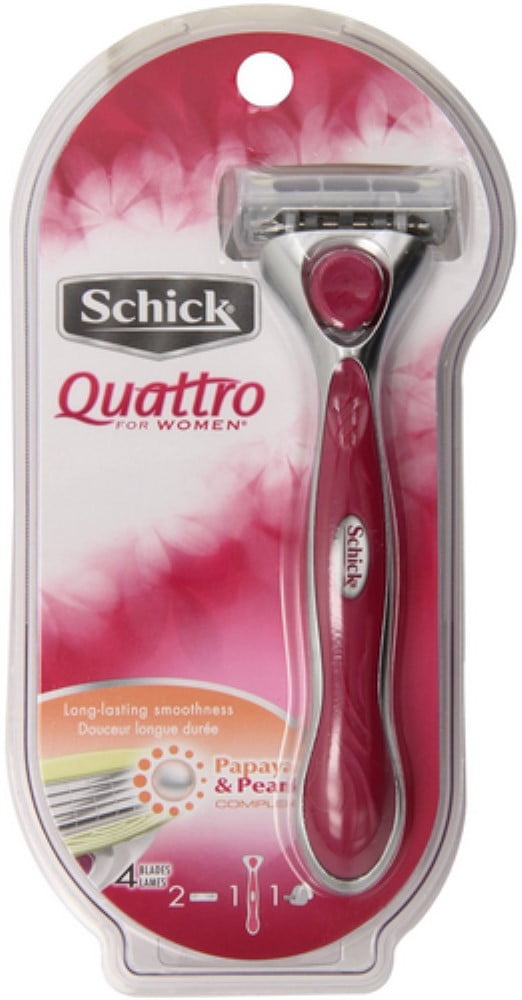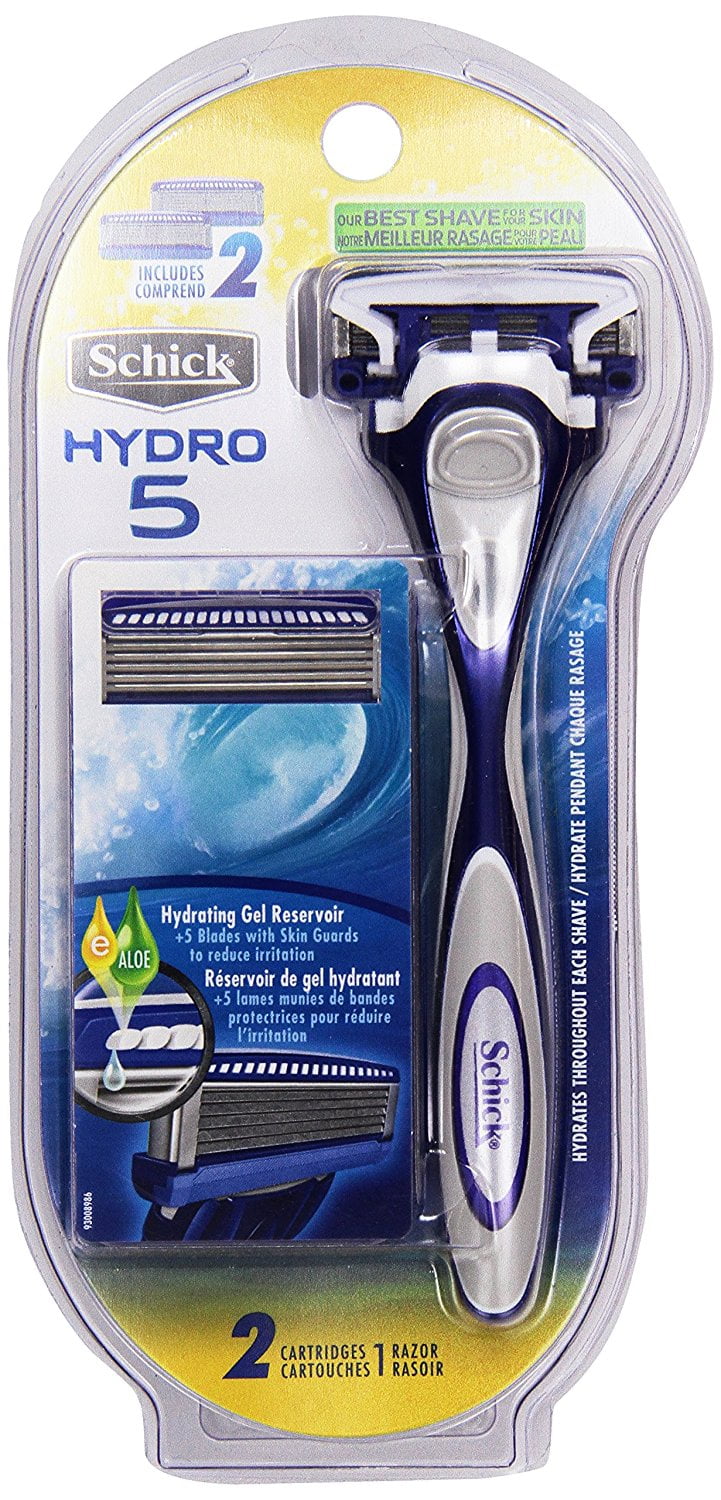
These new safety razors did not require any serious tutelage to use. They were immensely successful because of advertising campaigns and slogans denigrating the straight razor's effectiveness and questioning its safety. Gillette's idea was the use of the " loss leader" concept, in which the razors were sold at a loss, but the replacement blades earned a high margin and provided continuous sales. Gillette: a double-edged safety razor with replaceable blades. Their first challenger was manufactured by King C. Straight razors eventually fell out of fashion. Barbers still have them, but they use them less often. Barbers were specially trained to give customers a thorough and quick shave, and a collection of straight razors ready for use was a common sight in most barbershops. Straight razors were the most common form of shaving before the 20th century and remained common in many countries until the 1950s. Razor made of bronze from the first Iron Age Sheffield steel, a highly polished steel also known as Sheffield silver steel that is famous for its deep gloss finish, is considered superior quality steel and is still used to this day in France by such manufacturers as Thiers Issard. The English manufacturers were even more reluctant than the French to adopt the process and only did so after they saw its success in France. Huntsman's process was adopted by the French sometime later albeit reluctantly at first because of nationalist sentiments. Benjamin Huntsman produced the first superior hard steel grade, through a special crucible process, suitable for use as blade material in 1740, though it was first rejected in England. The first modern straight razor complete with decorated handles and hollow ground blades was constructed in Sheffield, in England, the center of the cutlery industry, in the 18th and 19th centuries. Priscus was ahead of his time because razors did not come to general use until a century later. by the legendary king Lucius Tarquinius Priscus. The Roman historian Livy reported that the razor was introduced in ancient Rome in the 6th century BC. Razors were used and manufactured in Kerma during the Bronze Age Several razors as well as other personal hygiene artifacts were recovered from Bronze Age burials in northern Europe and are believed to belong to high-status individuals.

Excavations in Egypt have unearthed solid gold and copper razors in tombs dating back to the 4th millennium BC. Some tribes still use blades made of flint to this day. Drawings of such blades were found in prehistoric caves. In prehistoric times clam shells, shark teeth, and flint were sharpened and used to shave with. Various forms of razors were used throughout history, which were different in appearance but similar in use to modern straight razors. These were made of bronze or obsidian and were generally oval-shaped, with a small tang protruding from one of the short ends.

Razors have been identified from many Bronze Age cultures.


 0 kommentar(er)
0 kommentar(er)
